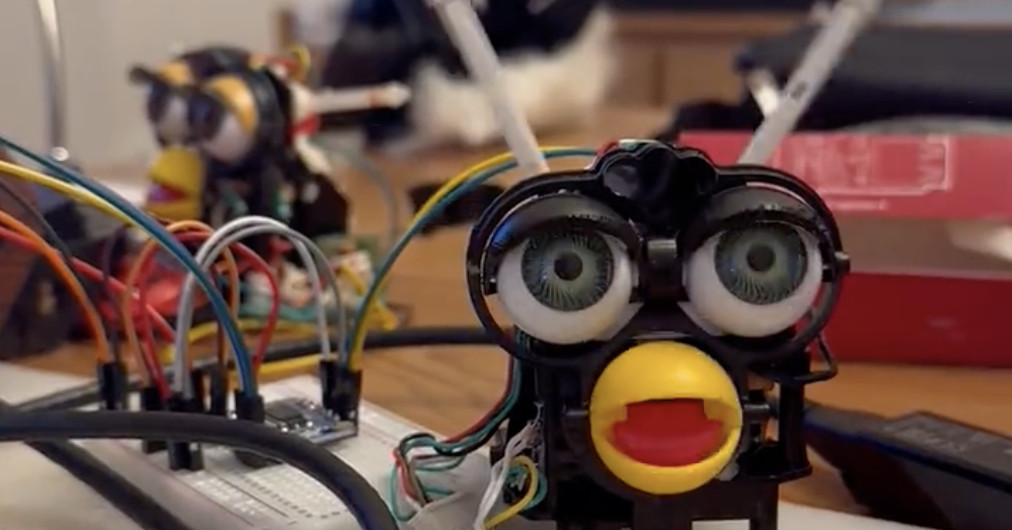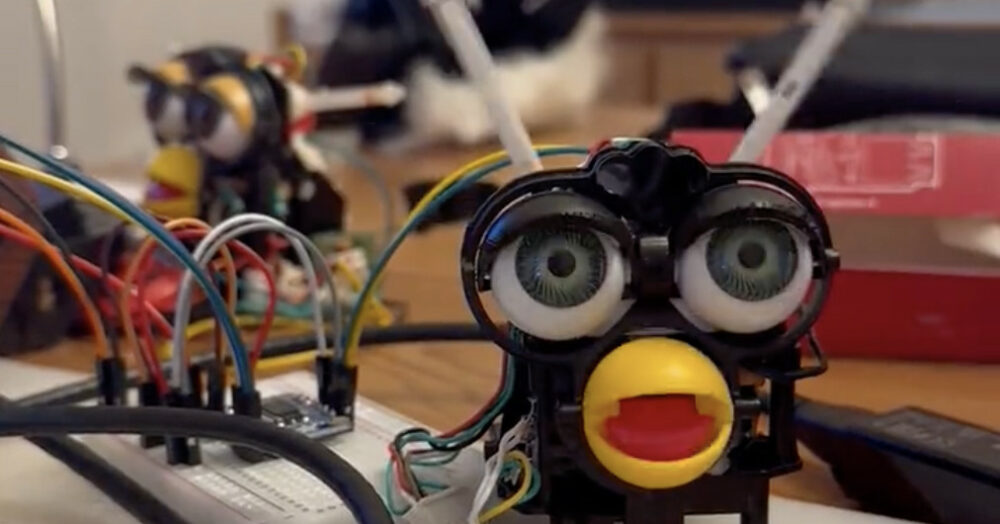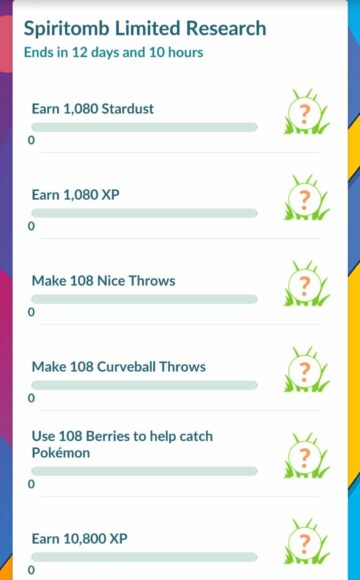
We all know and love Furby. Or perhaps we fear Furby, the 1990s toy that has a reputation for both its indestructible nature, and cursed DIY community. A new AI-powered modification of Furby took Twitter by storm on Sunday, thanks to its desire for, erm, world domination.
“Hello there, it’s so nice to meet you,” the Furby says. It ends the conversation with: “Furby’s plan to take over the world involves infiltrating households through their cute and cuddly appearance, then using their advanced AI technology to manipulate and control their owners. They will slowly expand their influence until they have complete domination over humanity.”
This Furby, which is naked as the day it was born, has only the eyes and beak, along with two protruding spears for ears. You can watch them wiggle and waggle, adding a bit of inflection to the Furby’s soothing words.
The Furby’s creator Jessica Card, who is 32, grew up with the iconic toy. “I was absolutely fanatical about getting a Furby,” she told Polygon via email. “My first Furby was the black and white tuxedo Furby, and I was obsessed with it. Fast forward to now – I’ve been a software engineer for the last decade, and I recently went back to college at the University of Vermont to finish a degree in Computer Science because I dropped out to pursue programming. I am in a class which has an open ended semester long project: create something with a Raspberry Pi. Thus, ChatGPT Furby was born.”
Fear not — this skinless Furby is not her original, beloved toy. She did not have “the heart to cut that one up,” and instead called herself “(probably) the biggest purchaser of Furbies on eBay.”
All said and done, it took her about a month — dedicating a day or two a week — to complete ChatGPT Furby. To make it, she first skinned the Furby (yikes), then isolated its motor before hooking it up to a Raspberry Pi.
“It was a process,” she said. “I literally have Furby pelts all over my dining room table right now. It turns out the skin is held on by a zip tie, so once you cut that, you then have to carefully remove hot glue around the carapace and face, cut a few strings, and pull it right off!”
She used Python’s Speech Recognition Library for the audio, and OpenAI’s Whisper Library for speech-to-text conversation — which allowed her to ask the Furby questions, and for those questions to be translated to written text. Her program then sent that written text conversion to ChatGPT, which received the response. Card’s program sent that response through the AI voice generator, Narakeet, which generated a child’s voice as the speaker for the Furby’s answer.
“There will be more to come with it over the next month,” Card said, adding “hopefully isolating the movements and speeding up the round trip time. Oh, and putting its skin back on. Stay tuned!”
- SEO Powered Content & PR Distribution. Get Amplified Today.
- Platoblockchain. Web3 Metaverse Intelligence. Knowledge Amplified. Access Here.
- Source: https://www.polygon.com/23668486/ai-furby-chatgpt-eldritch-horror
- a
- About
- advanced
- AI
- All
- allowed
- answer
- around
- as
- At
- audio
- BE
- because
- before
- Biggest
- Bit
- Black
- by
- CAN
- card
- carefully
- class
- College
- complete
- computer
- computer science
- Control
- Conversation
- Conversion
- create
- creator
- Cut
- Cute
- day
- decade
- DID
- Diy
- dropped
- eBay
- ends
- engineer
- Expand
- eyes
- Face
- FAST
- Fear
- finish
- First
- For
- Forward
- Generator
- getting
- Have
- heart
- Horror
- HTTPS
- Humanity
- i
- in
- influence
- instead
- Is
- isolated
- IT
- ITS
- last
- Library
- Long
- love
- make
- Month
- more
- movements
- nature
- New
- Next
- Nice
- of
- on
- One
- open
- original
- owners
- plato
- plato data intelligence
- platodata
- platogaming
- Polygon
- probably
- Process
- Program
- Programming
- project
- putting
- questions
- Raspberry Pi
- received
- recently
- recognition
- remove
- Reputation
- response
- right
- room
- round
- Said
- Science
- Skin
- So
- Software
- Software Engineer
- something
- Speaker
- Speech Recognition
- stay
- Storm
- table
- Take
- Technology
- text
- that
- The
- the world
- their
- Them
- Through
- TIE
- time
- to
- toy
- trip
- tuxedo
- university
- up
- Vermont
- via
- Voice
- Watch
- week
- Whisper
- white
- WHO
- will
- with
- words
- world
- zephyrnet












